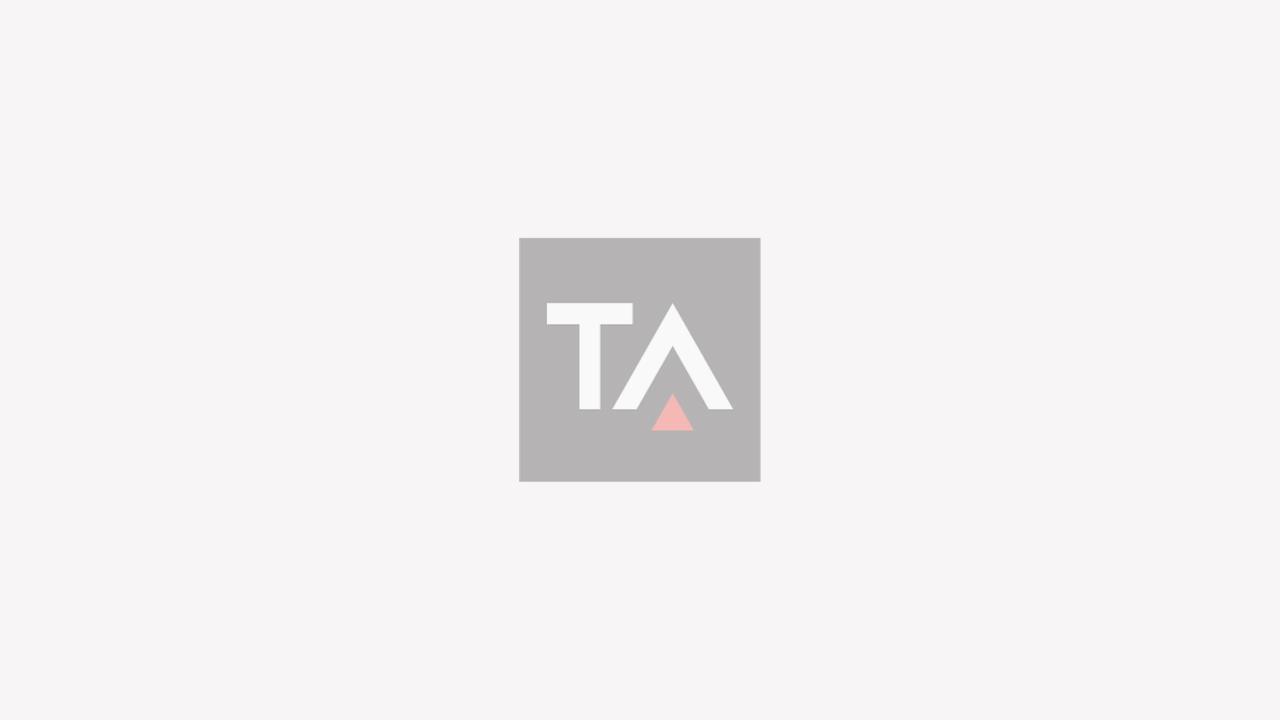Extra sensor perception
The Middle East is a key export region for British-Italian company Leonardo and, as Beth Stevenson reports, the company is targeting the market with ongoing developments in its airborne sensor division.

Two recent significant contracts for Leonardo’s Edinburgh site in Scotland were agreements with Kuwait and Qatar to acquire the Captor-E active electronically-scanned array (AESA) radar system, for their respective Eurofighter Typhoon fleets.
These were the first two customers for the developmental radar system, while an additional commitment from Saudi Arabia in 2017 for 48 more Typhoons is also expected to see them opt for the technology.
Aside from these notable achievements in the region, the company has also sold its Miysis directional infrared countermeasures (DIRCM) system to an undisclosed Middle Eastern customer, deliveries for which are currently under way.
This system is able to redirect the trajectory of heat-seeking missiles launched by man-portable air defence systems, something that is a threat in the region, particularly from Islamic State militants.
Brendan Nolan, VP of sales for radar and advanced targeting at Leonardo, said there is a lot further interest for Miysis in the Middle East.
He added that the company is in the final stages of discussions with six customers for its surveillance sensors.
“There is obviously a threat because of where these customers are based geographically,” Nolan explained. “So, a system like Miysis is the sort of thing that will be of interest in the Middle East.”
The company’s sensor provision is often carried out via prime contractors that serve as the system integrator on to their respective aircraft.
Platforms, such as the King Air, are of particular interest to customers in the region who wish to operate a relatively low-cost light surveillance system.
In February 2018, a sale of four King Air 350ER aircraft, fitted with L-3 Wescam’s MX-15HDi electro-optical/infrared imaging turret and Leonardo’s Seaspray 7500E AESA radar for Kuwait, was approved by the US State Department. All the technology is being combined via systems integrator Sierra Nevada Corporation.
Leonardo’s Seaspray radar was revealed as being an element of the UAE GlobalEye configuration when Saab rolled out the aircraft in February 2018. This offers an air-to-surface surveillance capability to the airborne early warning aircraft, three of which are being acquired by Abu Dhabi.
Nolan said there are lots of opportunities for the company’s family of systems via this tier-2 supplier approach, as operators seek airborne capabilities that are able to carry out a multitude of mission types and integrate numerous sensor types on board, rather than having an aircraft that carried out a siloed surveillance mission, as was traditionally the case.
System integrators in the US are generally happy to incorporate non-US technology into these offerings, Nolan added, so Leonardo is well positioned for these foreign military sales as a tier-2 provider.
The company will, however, offer radars to end-users where appropriate and required, he noted.
Leonardo is also offering its lasers for various applications that have traction the world over. Nolan noted, for example, within systems like the Sniper targeting pod used on board aircraft such as the F-16 and F-15.
The company’s Osprey distributed aperture AESA radar is one of its key offerings. It is fairly limited in the details it can disclose regarding customers outside of the US and Norway – both of which have been often reported on as being customers for Osprey – but claims that the ability to provide a 360-degree surveillance capability with a system that does not have to be belly-mounted offers a new option for customers landing on challenging runways, such as snow and sand.
Stay up to date
Subscribe to the free Times Aerospace newsletter and receive the latest content every week. We'll never share your email address.

